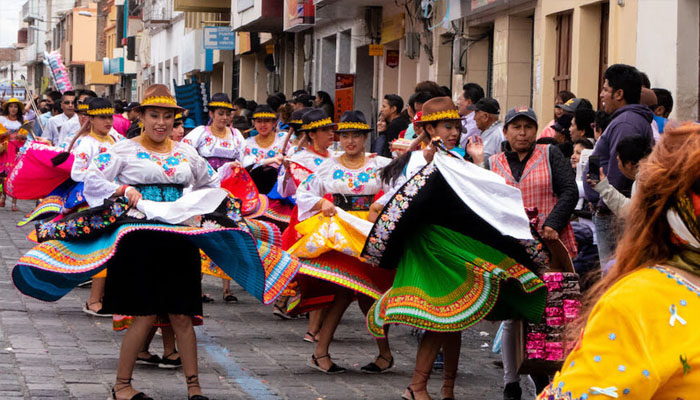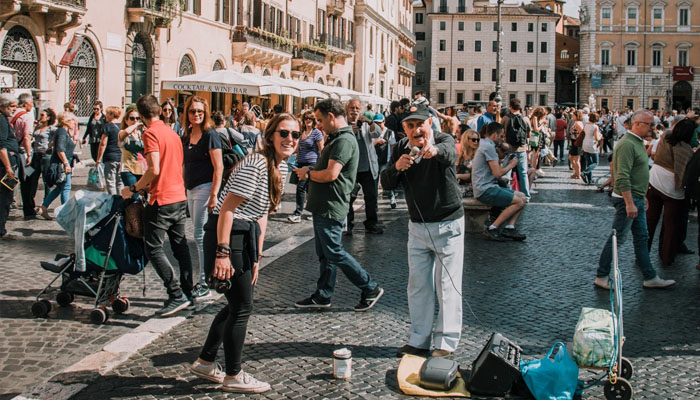
Traveling isn’t just about ticking off famous landmarks—it’s about truly experiencing a destination. While it’s tempting to follow the crowds to popular tourist spots, the heart of a place often lies beyond the guidebook. Cultural immersion allows you to connect with locals, savor authentic experiences, and leave with memories that are richer, deeper, and far more meaningful. But how do you travel like a local without falling into common tourist traps? Here’s a guide to help you do just that.
1. Seek Authentic Experiences
The first step to traveling like a local is understanding what residents actually do. Instead of visiting attractions designed for tourists, ask yourself: where do locals spend their mornings, afternoons, and evenings? Coffee shops, neighborhood markets, small parks, or local sports events often reveal the daily rhythm of a city. Apps, travel blogs, and local social media groups can point you toward experiences that aren’t overrun by visitors. Participating in everyday life—even something as simple as riding public transit—offers a perspective few tourists ever get. For example, in Tokyo, skipping the main tourist districts to explore small neighborhoods like Koenji or Shimokitazawa offers unique cafés, vintage shops, and street performances that capture the city’s authentic vibe.

2. Discover Local Cuisine
Food is one of the most immersive ways to experience a culture. Avoid restaurants with English-heavy menus or those located in high-traffic tourist zones. Instead, seek family-run eateries, food stalls, or neighborhood cafés where locals dine. Don’t hesitate to ask locals for recommendations—they often know hidden gems that offer authentic flavors at fair prices. Sampling regional specialties, learning a few food-related phrases in the local language, and trying street food can transform dining into an adventure in itself. For instance, in Mexico City, enjoying tacos at a small taquería instead of a tourist-heavy plaza provides both flavor and atmosphere you won’t find in guidebooks.
3. Learn the Language Basics
While fluency isn’t necessary, learning a few key phrases shows respect and opens doors. Greetings, polite expressions, and simple questions can make interactions warmer and more genuine. Even locals who speak English often appreciate the effort, and it can lead to conversations that reveal insights you’d never get from a tour guide. Carry a translation app as a backup, but remember: making an effort matters as much as perfect pronunciation. Saying “thank you” or “excuse me” in the local language often earns smiles and goodwill.

4. Understand Cultural Etiquette
Every destination has its own customs, taboos, and social norms. Research local etiquette before you travel. Simple gestures—like dressing modestly in religious sites, tipping practices, or table manners—can demonstrate respect and prevent uncomfortable situations. Observing and mirroring local behavior, rather than relying solely on tourist norms, helps you blend in naturally and enhances your cultural understanding. For example, in Thailand, a slight bow of the head when greeting someone shows respect and avoids unintended offense.
5. Explore Hidden Gems
Off-the-beaten-path neighborhoods, markets, and events often hold the true spirit of a destination. Wander the streets away from main squares, attend local festivals, or visit small museums that are rarely mentioned in guidebooks. These hidden gems provide a more intimate view of daily life, history, and culture, often with far fewer crowds and more authentic interactions. Keep an open mind and be willing to get a little lost—it’s part of the adventure.

6. Engage With the Community
Participating in local traditions, volunteering opportunities, or craft workshops can deepen your connection to a place. Seek experiences that empower communities rather than exploit them. Whether it’s learning traditional cooking, attending a neighborhood celebration, or joining a local tour led by residents, respectful engagement offers insights that go beyond sightseeing and supports sustainable cultural tourism.
7. Avoid Tourist Traps
Tourist traps often promise convenience or spectacle but deliver overpriced, inauthentic experiences. Crowded souvenir shops, staged performances, or restaurants targeting tourists can drain your budget and your sense of adventure. Do some homework: check reviews, ask locals for alternatives, and follow your instincts. Often, the most rewarding experiences are unadvertised and found where the locals go.

Making Cultural Immersion Work for You
Traveling like a local takes curiosity, openness, and a willingness to step outside comfort zones. It’s about blending observation with participation, respecting the people and traditions you encounter, and seeking experiences that reveal the soul of a destination. By choosing authentic activities, embracing local cuisine, learning basic language phrases, understanding etiquette, exploring hidden gems, engaging with communities, and avoiding tourist traps, you’ll transform your trips into meaningful adventures.
Ultimately, cultural immersion is about connection. It allows you to see a city or country through the eyes of those who live there, creating memories that go beyond photos and souvenirs. The more you step into local life, the richer your travel experience becomes.
Travel like a local, respect the culture, and embrace the unexpected—these are the keys to adventures that are not only unforgettable but also deeply rewarding.
